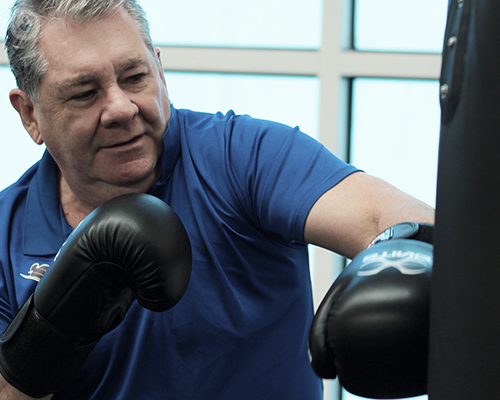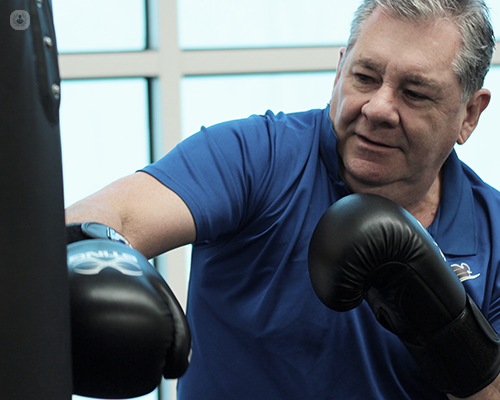
Fighting anal fissures
An anal fissure is a wound that occurs in the end section of the digestive tract, i.e. in the anal region. People often confuse the terms fissure, fistula and haemorrhoids. Each of the pathologies in proctology has its own idiosyncrasy. A fissure is a wound, an injury that is characterised by intense pain; not so much when defecating, but especially afterwards. Patients go to the bathroom and up to 10 minutes later experience pain that can last for hours. It is a very intense pain but it can be managed with conventional painkillers.

What is the surgical procedure for anal fissure?
Anal fissure surgery is steeped in myths and rumours. The first is that it is an extremely painful surgery. This is absolutely false as long as the operation is performed correctly. The second is that patients with an anal fissure are incontinent. This is also blatantly false and no one with an anal fissure should forego surgery in the belief it will make them incontinent.
The surgery consists of making a tiny incision in one of the two sphincters in the anal sphincter complex, specifically in the internal anal sphincter. When a patient has a fissure, it is because there is an excess of muscle tone meaning an excess of force is applied in the sphincter. The surgery does not remove the force (i.e. leave the patient incontinent) but rather corrects the strength to a normal level.
Fissures should always be treated appropriately. Patients are often mistakenly treated with haemorrhoid remedies. Fissures require specific medical treatment based on ointments containing muscle relaxants, such as rectogesic or special formulas based on muscle relaxants. When the patient does not respond to medical treatment, there is a need to operate. It is a delicate but not risky procedure, in which the patient is admitted for a few hours. The operation is performed under local anaesthetic and sedation and is discharged the same day.
What about postoperative care and recovery? Can a new a fissure develop?
Anal fissure surgery, which is known as an internal lateral sphincterotomy, is an operation performed under local anaesthetic and sedation. Postoperative care is simple for the patient because the only thing required is hygiene, i.e. washing the wound with soap and water, and taking antibiotics as prescribed. As long as there are no complications such as wound infection, the patient will be off work for a week.
The patient feels better the day after surgery and can return to a normal daily routine without major discomfort within 2 - 3 days.
Many patients ask if this surgery is a permanent cure. The answer is yes. When properly done, an internal lateral sphincterotomy means it is practically impossible for the patient to have or to develop another chronic anal fissure.
In short, anal fissure surgery when performed correctly and with technical advances such as a CO2 laser is a definitive procedure the patient can return to normal life within 2-3 days.

